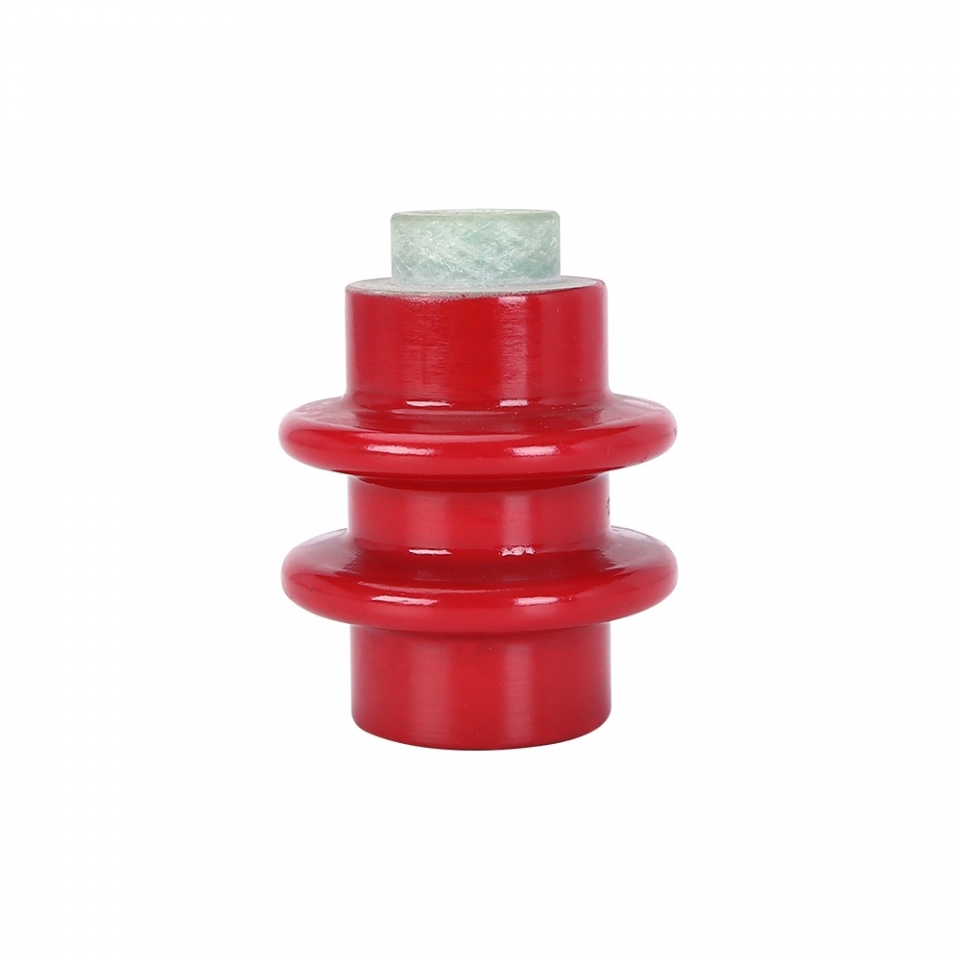Choosing Insulated Sleeves for Industrial Use: Key Factors.
Introduction
Insulated sleeve are a critical component in many industrial settings, where they play an essential role in protecting various systems from heat, cold, and other environmental factors. Insulated sleeves come in various types and materials, making it crucial for businesses to select the right type for their applications. This paper aims to explore the factors that businesses need to consider when selecting insulated sleeves for different applications in industrial settings.

Types of Insulated Sleeve
There are several types of insulated sleeves available in the market, with each having its unique properties and benefits. The most common types include fiberglass sleeves, silicone rubber sleeves, PVC sleeves, and neoprene sleeves. The material used in construction can vary depending on the application, but it usually includes synthetic fiber, glass fiber, or rubber. Several factors affect the selection of insulated sleeve type, including temperature range, chemical resistance, flexibility, and thickness.
Applications of Insulated Sleeve
Insulated sleeve has a wide range of applications across various industries, including electrical systems, heating, ventilation, and air conditioning systems (HVAC), automotive manufacturing, and aerospace engineering. In electrical systems, insulated sleeves are used to protect wiring and cables from heat and other environmental factors. In HVAC systems, insulated sleeves are used to prevent heat loss or gain, while in automotive manufacturing, they are used to protect sensitive components from heat and abrasion.
Factors to Consider When Selecting Insulated Sleeve
Several factors need to be considered when selecting insulated sleeves for industrial applications. These include temperature range, chemical resistance, flexibility, thickness, and cost. Temperature range is critical to ensure that the insulation can handle the temperature of the system it is protecting. Chemical resistance is essential to ensure that the insulation can withstand exposure to chemicals without degrading. Flexibility is necessary to ensure that the insulation can bend and wrap around irregular shapes, while thickness is needed to provide proper insulation. Cost is also an important factor to ensure that businesses are selecting a cost-effective solution.
Installation and Maintenance of Insulated Sleeve
The installation of insulated sleeves requires careful planning and preparation. Site preparation involves ensuring that the area is clean and dry, while the installation process includes wrapping the sleeve around the component and securing it in place. Regular maintenance is essential to ensure that the insulation continues to function correctly. This includes cleaning or replacing the sleeves when they become damaged or worn out.
Frequently Asked Questions about Insulated Sleeve
Common questions about insulated sleeves include how to determine the appropriate type and size for an application, how to install and maintain insulated sleeves, and how to repair a damaged or worn-out sleeve.
Conclusion
In conclusion, selecting the right insulated sleeve is critical to ensure the optimal performance of industrial systems. The factors businesses need to consider when selecting insulated sleeves for different applications in industrial settings have been explored in this paper. It is vital to choose the right type based on temperature range, chemical resistance, flexibility, thickness, and cost. Proper installation and regular maintenance are also essential for optimal performance. Businesses considering implementing insulated sleeves in their operations should carefully evaluate their needs and consult with experts in the field to determine the best approach.

